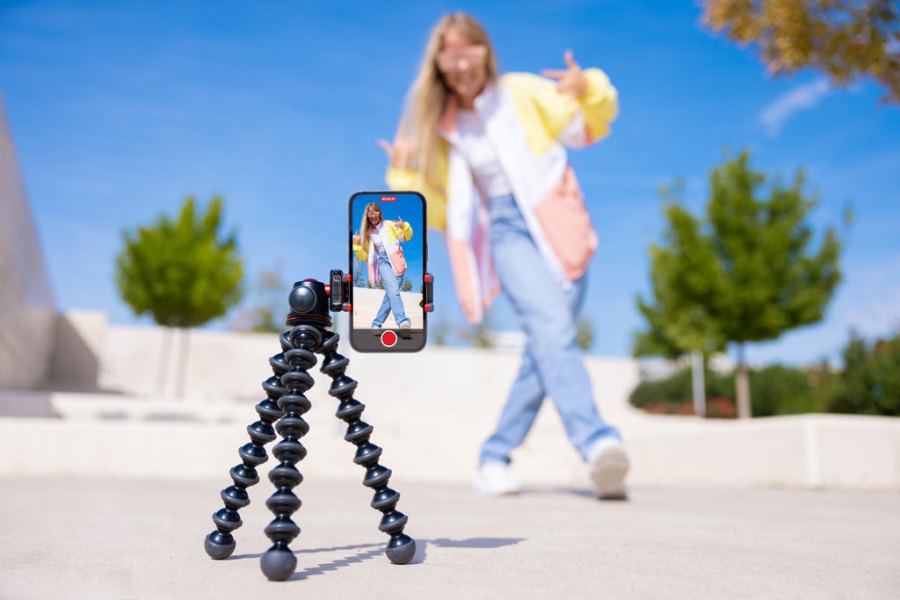It was probably over ten years ago now, but I can still remember my reaction the first time I saw someone shoot a video clip with their phone in the vertical orientation. I had to resist the urge to tap them on the shoulder and point out their error. As I started to see more people doing this, I became irritated that people were just too lazy to turn their phones 90 degrees. Now I’m just resigned to the fact that a whole generation are doing video wrong.
That’s because for my whole life, indeed since their invention over 100 years ago, moving pictures have been a horizontal medium. (Or ‘landscape’ as some folks insist on calling it). My TV, like every other TV I’ve ever owned, sits horizontally in the corner of the room. My computer monitor sits horizontally on my desk. When I went to the cinema last week the screen stretched out horizontally.
I’m clearly not alone in preferring to view moving images horizontally. Perhaps it’s because my eyes are set side by side in my head, and not one above the other. Or maybe it’s because, as earth-bound creatures without the ability to fly, people move about and communicate on a horizontal plane. Left to right. Right to left. If you’ve got two people in a conversation then they’re probably going to be side by side, unless one is giving the other a piggyback.
Some scenes suit a vertical frame, (portraits, for example) but it’s usually a frame with a 5:4 or 4:3 aspect ratio, maybe even the longer 3:2 ratio of full frame. Virtually nothing in the real-world fits naturally and comfortably into the peculiarly tall and narrow 16:9 frame used by social media video platforms. You just end up with lots of dead space on the floor or on the ceiling. The only subjects I can think of that do are very tall buildings, and half-length selfies. Or full-length ones if you have long enough arms.
And herein lies the origin of vertical video: the rise of the selfie. Prior to the invention of the smartphone virtually nobody took selfies just of themselves, let alone video selfies. Nowadays the internet is all about video: around 34 million videos are uploaded every day just to TikTok alone. Virtually all of them are vertical, and the majority of them feature people videoing themselves.
The new social media platforms that have pushed this trend weren’t designed with the likes of middle-aged Grumpy Cat lookalikes like me in mind, and I’m fine with that. My beef is that, as a publisher of video as well as written content, we now have to produce vertical as well as horizontal formats for everything we shoot and, in the vast majority of non-selfie situations, trying to create a pleasing composition within a vertical 16:9 ratio frame is a challenge that even Steven Spielberg would struggle with.
The views expressed in this column are not necessarily those of Amateur Photographer magazine or Kelsey Media Limited. If you have an opinion you’d like to share on this topic, or any other photography related subject, email: [email protected]
Related content:
- Best vlogging tips and how to get started
- Best smartphones for video
- Video your life like a Wes Anderson film
Follow AP on Facebook, Twitter, Instagram, YouTube and TikTok.







